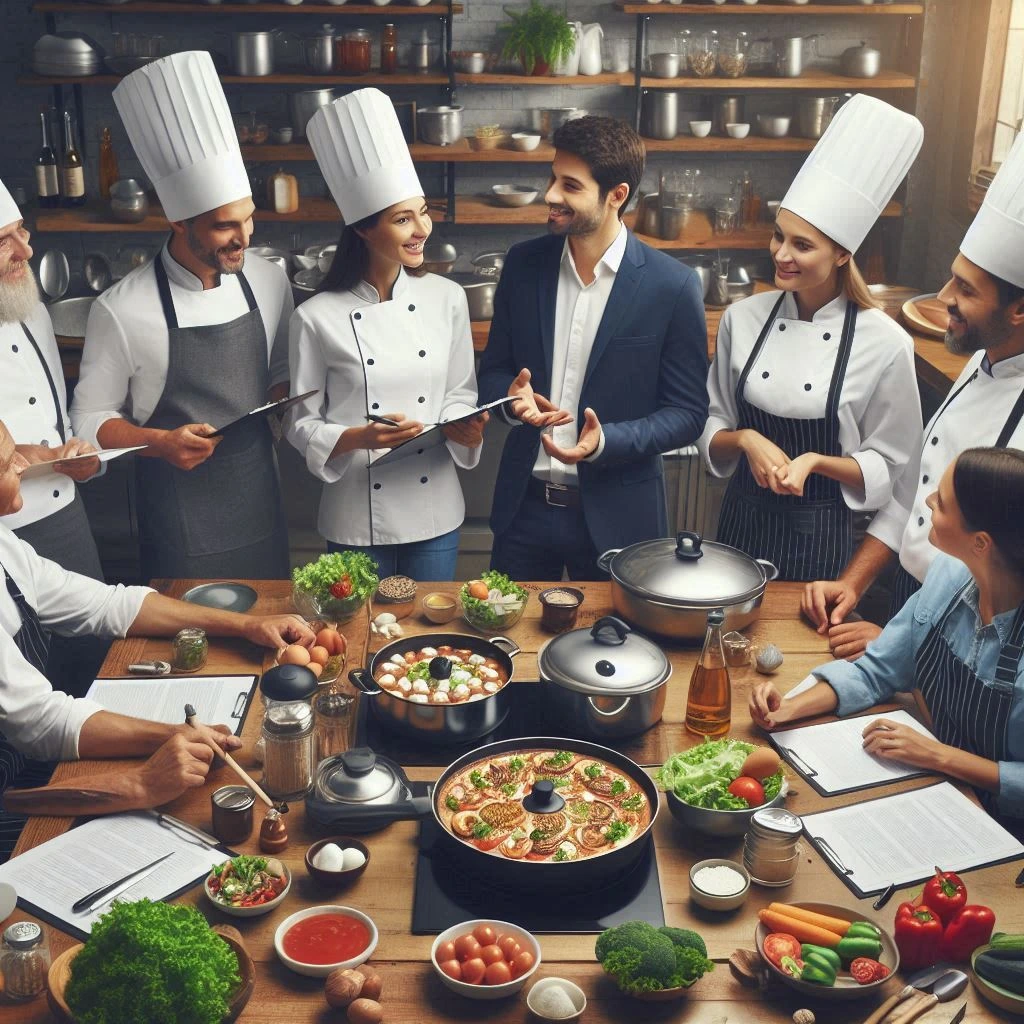If you cook professionally or run a small food business, protecting your tools and equipment is important. Insurance can help cover the cost of repairs or replacements when your gear is damaged, stolen, or lost. In this guide, you’ll learn what types of insurance can apply to cooking equipment, what they usually cover, and how to find the right policy.
What Kind of Insurance Covers Cooking Equipment?
There isn’t a single policy made just for cooking tools. Instead, different types of business insurance may include coverage for this kind of property. Here are the most common ones:
Commercial Property Insurance
This policy helps cover physical items owned by your business. That includes ovens, mixers, refrigerators, knives, and prep tables. If a fire, theft, or certain types of weather damage your equipment, this policy may help pay for repairs or replacements.
Business Owner’s Policy (BOP)
A BOP combines general liability insurance and commercial property insurance. It may be useful if you want basic protection for both lawsuits and equipment loss or damage. This type of policy is often used by small food businesses, including caterers, bakeries, and food truck owners.
Inland Marine Insurance
If you move your cooking gear from place to place, this type of coverage helps protect it while in transit or at temporary locations. It’s useful for caterers, food demonstrators, or anyone who sets up at events and markets.
Equipment Breakdown Insurance
This covers mechanical or electrical failure of equipment. It doesn’t usually cover damage from fire or theft, but it may pay for repair or replacement when machines break down due to internal failure.
Who Might Need This Type of Coverage?
If you use cooking tools as part of your work or business, insurance might be a smart move. You might want coverage if you are:
- A personal chef or caterer
- A bakery or food truck owner
- A cooking instructor with your own supplies
- A commercial kitchen renter
- A small restaurant operator
Even home-based food businesses should consider this if they rely on their own tools to prepare and sell food.
What Does Insurance for Cooking Tools Typically Cover?
Coverage depends on the type of policy you buy. But here are common situations where insurance may help:
- Theft of equipment, either from a commercial space or during transport
- Fire damage in a kitchen
- Damage from water or storms, depending on the policy
- Mechanical breakdowns (if you add equipment breakdown coverage)
- Vandalism or other intentional damage by others
Policies usually cover items you own. Some may also protect rented or leased tools, but you’ll need to check the details of each plan.
What Isn’t Usually Covered?
Most standard policies won’t cover every type of damage. Common exclusions include:
- Wear and tear from regular use
- Improper maintenance
- Damage during installation
- Damage caused by flooding or earthquakes (unless added with a rider)
- Food spoilage due to equipment failure (unless specifically included)
It’s a good idea to read the fine print and ask questions before choosing a plan. That way, you know what to expect if something happens.
How Much Does Insurance Cost?
Prices vary depending on several factors:
- The type and value of your equipment
- Whether you own or lease a kitchen space
- The type of food business you run
- Where your business is located
- Whether you need other types of insurance in your policy
For example, a small caterer with a few thousand dollars worth of equipment might pay less than a food truck business with several high-end machines. You might see premiums from $300 to $1,200 a year depending on what you include.
How to Get Insurance for Cooking Equipment
If you’re looking for a policy, here are steps to take:
1. Take Inventory
Write down all your major tools and equipment. Include brand names, models, purchase dates, and what you paid (or current value).
2. Decide What You Need
Think about what kind of risks your equipment faces. Do you move it a lot? Is it in a shared space? Do you use high-powered machines? This can help you figure out what kind of policy is best.
3. Compare Providers
Look for insurance companies that offer business policies for food service. Many well-known insurers provide coverage, but you can also find companies that focus on food businesses.
4. Ask About Add-Ons
Make sure to ask if you need extra coverage for breakdowns, transit, or food spoilage.
5. Read the Fine Print
Before signing up, read all the details. Know what is and isn’t included, how claims work, and what your deductible will be.
Tips for Protecting Your Equipment
Even with insurance, it’s smart to take steps to keep your tools safe. Here are a few ideas:
- Store expensive items in locked cabinets or storage rooms
- Use surge protectors to prevent power damage
- Keep records and photos of your gear
- Perform regular maintenance
- Label your items if you use a shared kitchen space
What to Do If You Need to File a Claim
If something happens to your cooking equipment, here are the steps to follow:
- Take photos of the damage
- Gather receipts, manuals, or other proof of ownership
- Contact your insurer right away
- Fill out any paperwork they provide
- Be ready to answer questions or meet with an adjuster
The more prepared you are, the easier it will be to get through the claims process.
Final Thoughts
You can get insurance for cooking equipment and tools, but the coverage depends on what policy you choose. If you use cooking gear to earn money, getting insured might help you avoid a big loss later. Make sure to take inventory, compare policies, and protect your tools as best you can. That way, you’re not left covering the full cost if something goes wrong.
